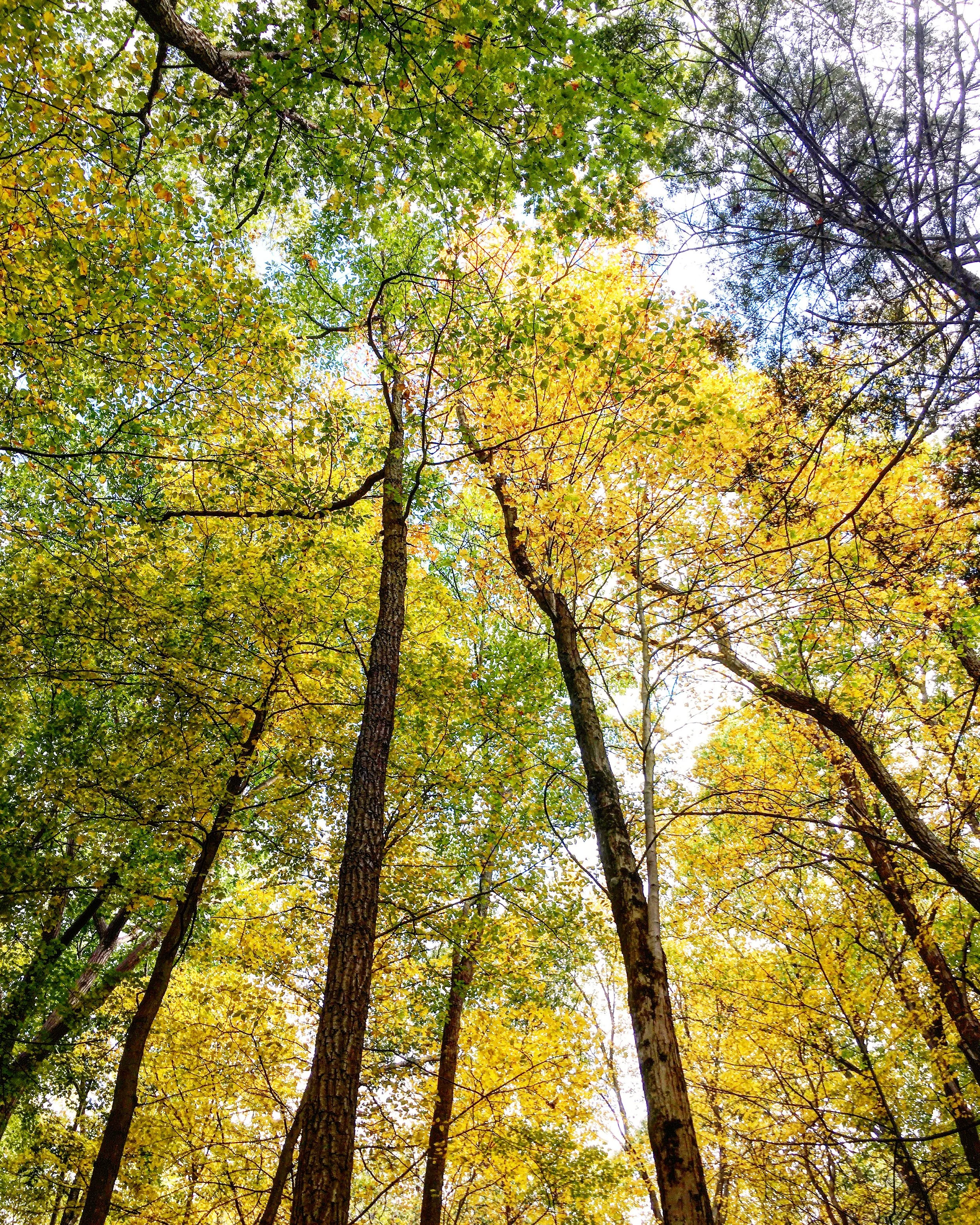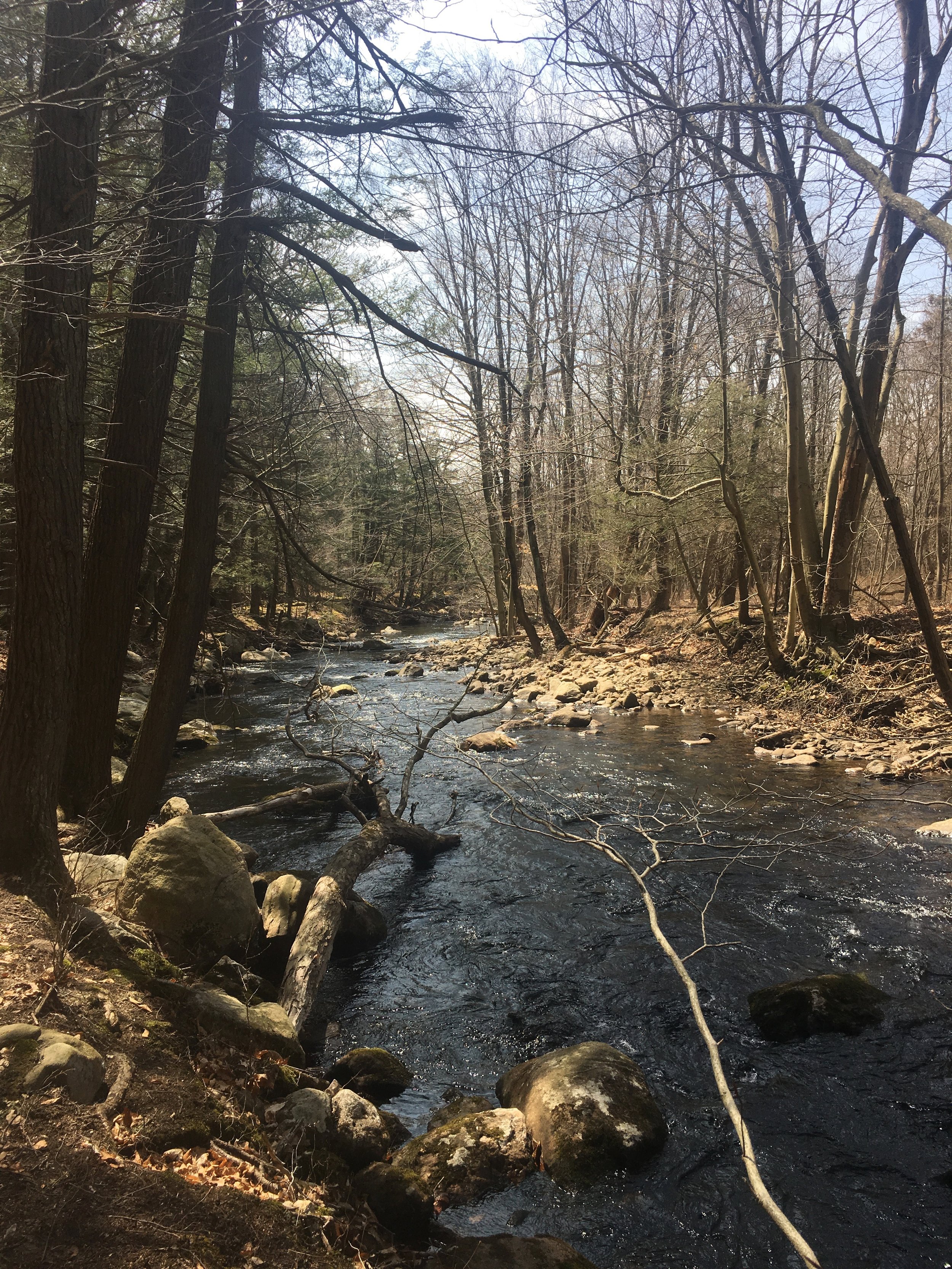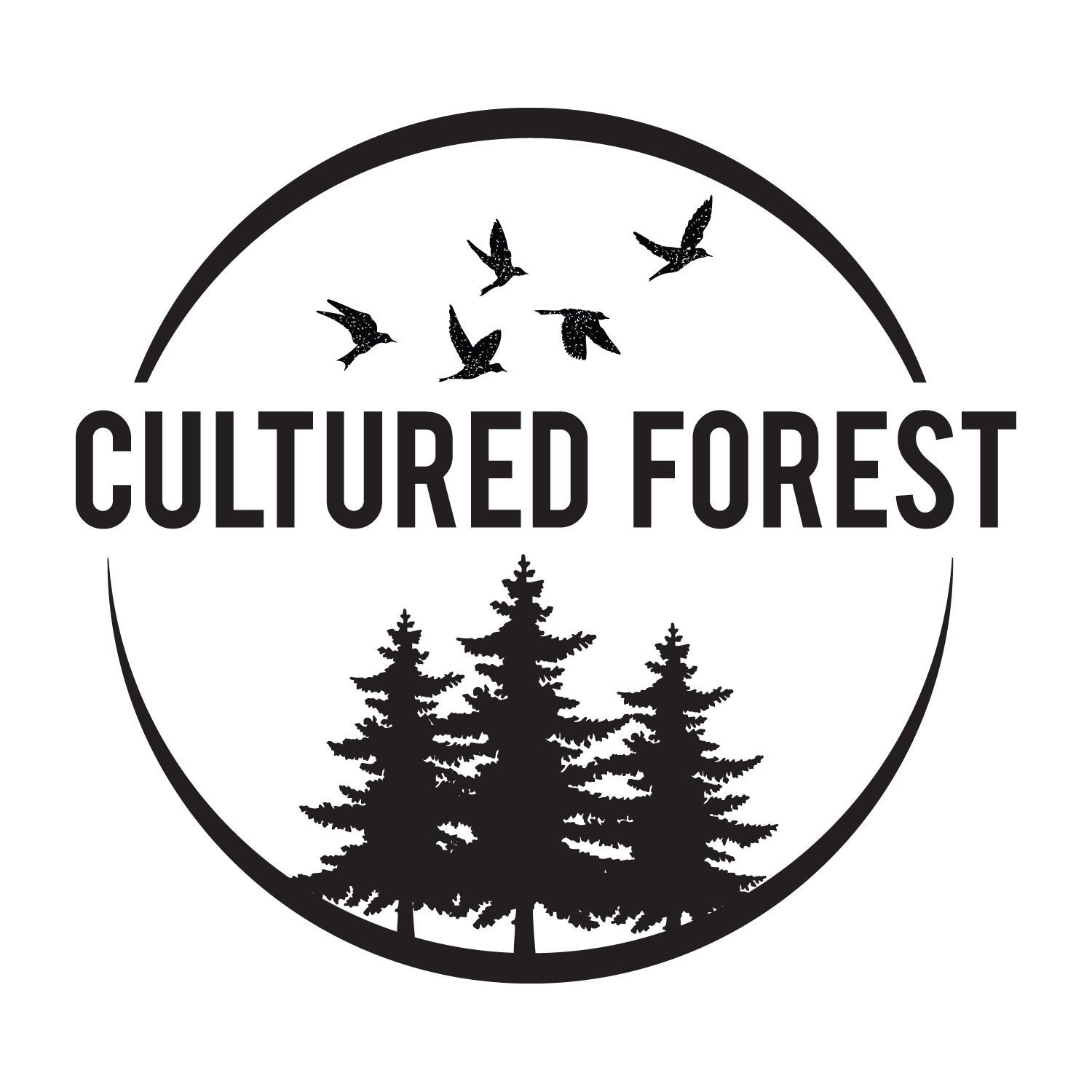Today is World Mental Health Day. We at Cultured Forest wish to remind you that as you heal in nature your desire to heal nature also grows. And as you find ways to heal nature, you feel empowered and healed as well.
Fully committing to your own self care gives you strength to impact the world in whatever way feels meaningful to you. When you partner with nature on your healing journey (if it soothes and inspires you) you might be surprised what gifts come your way. And soon, like us, you may find yourself falling in love with Forests and giving back.
This World Mental Health day we encourage you to find local opportunities to volunteer in nature. Perhaps planting trees or harvesting plants in community gardens. The sense of community and time spent outdoors will benefit you. And if that sounds too difficult right now, then self care is of utmost importance.
Nature Care is Self Care.
This post was written by Brooke Mellen, Founder of Cultured Forest. We love when you share, but please be sure to get permission. Copyright Cultured Forest, LLC 2023. All Rights Reserved.







